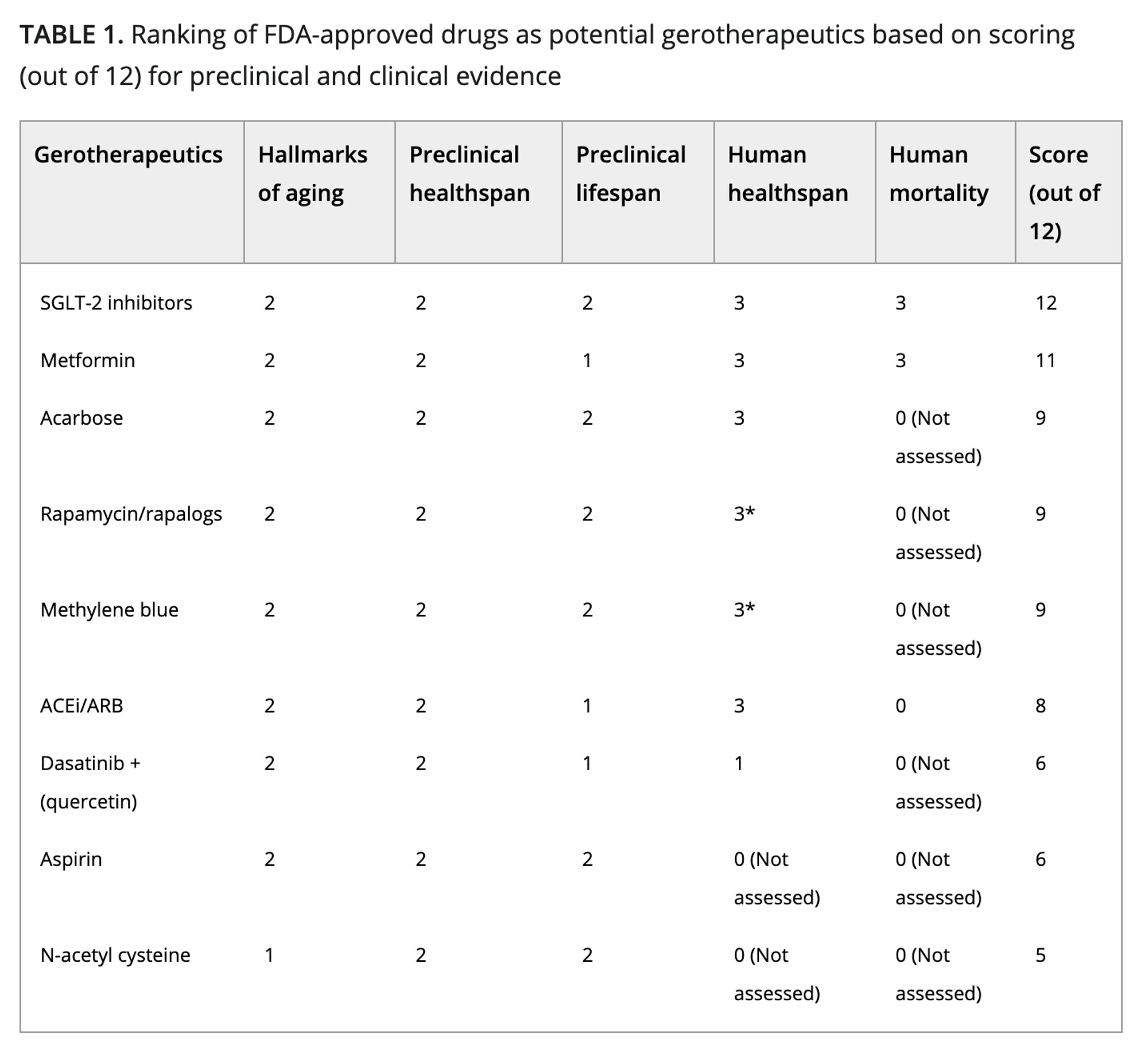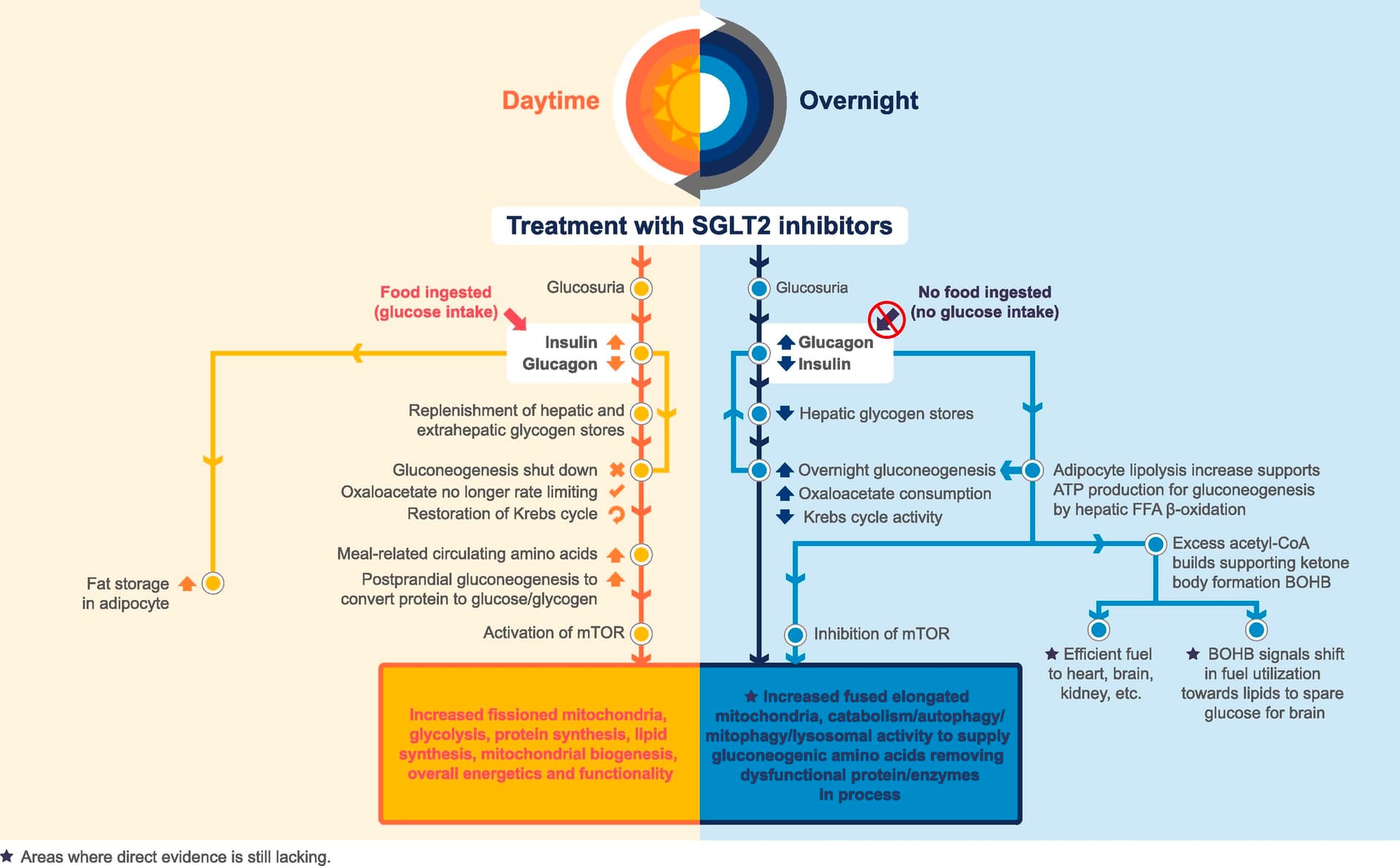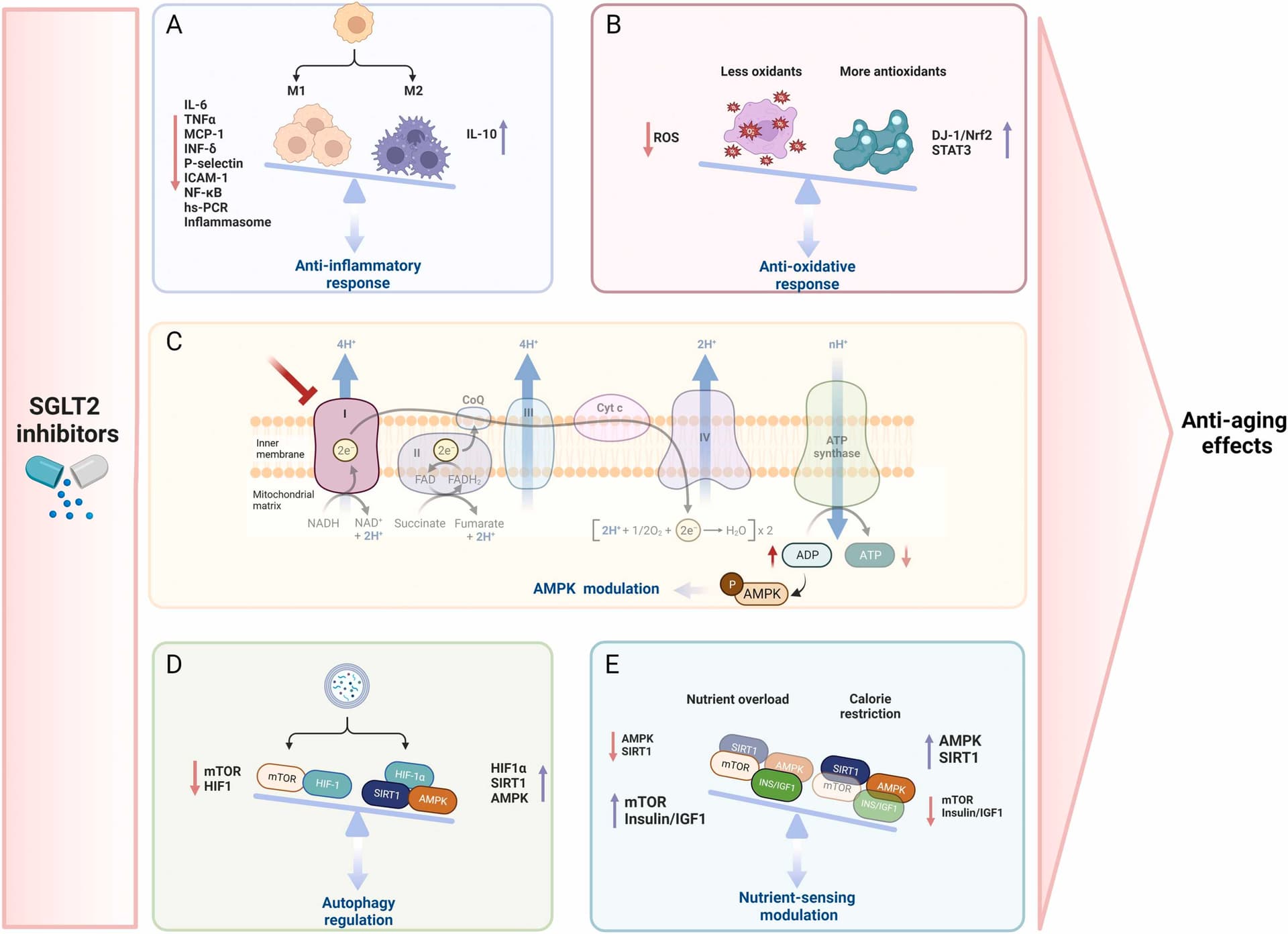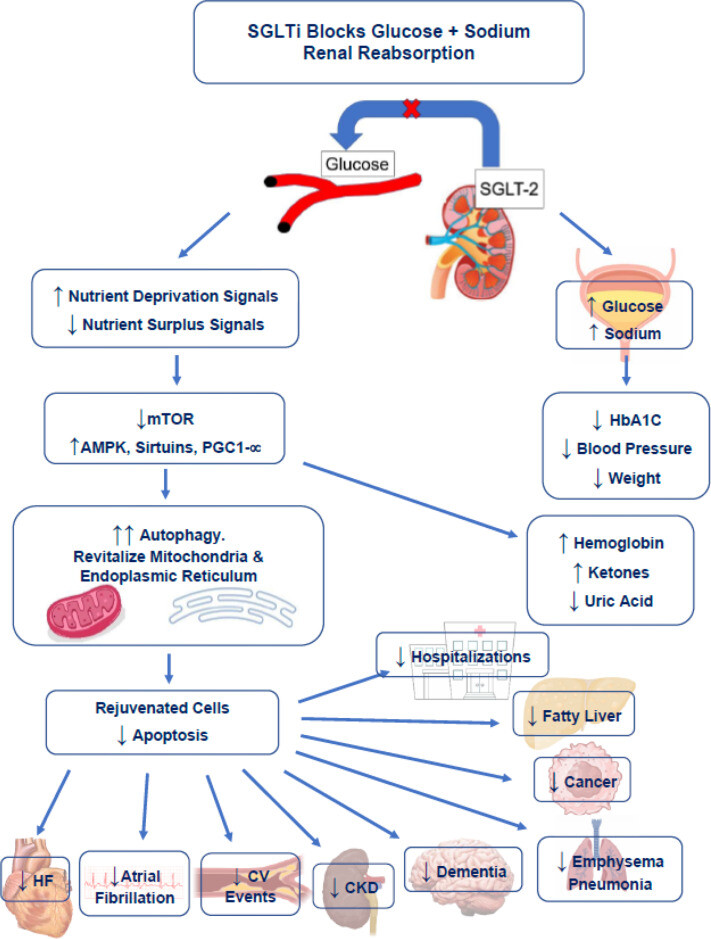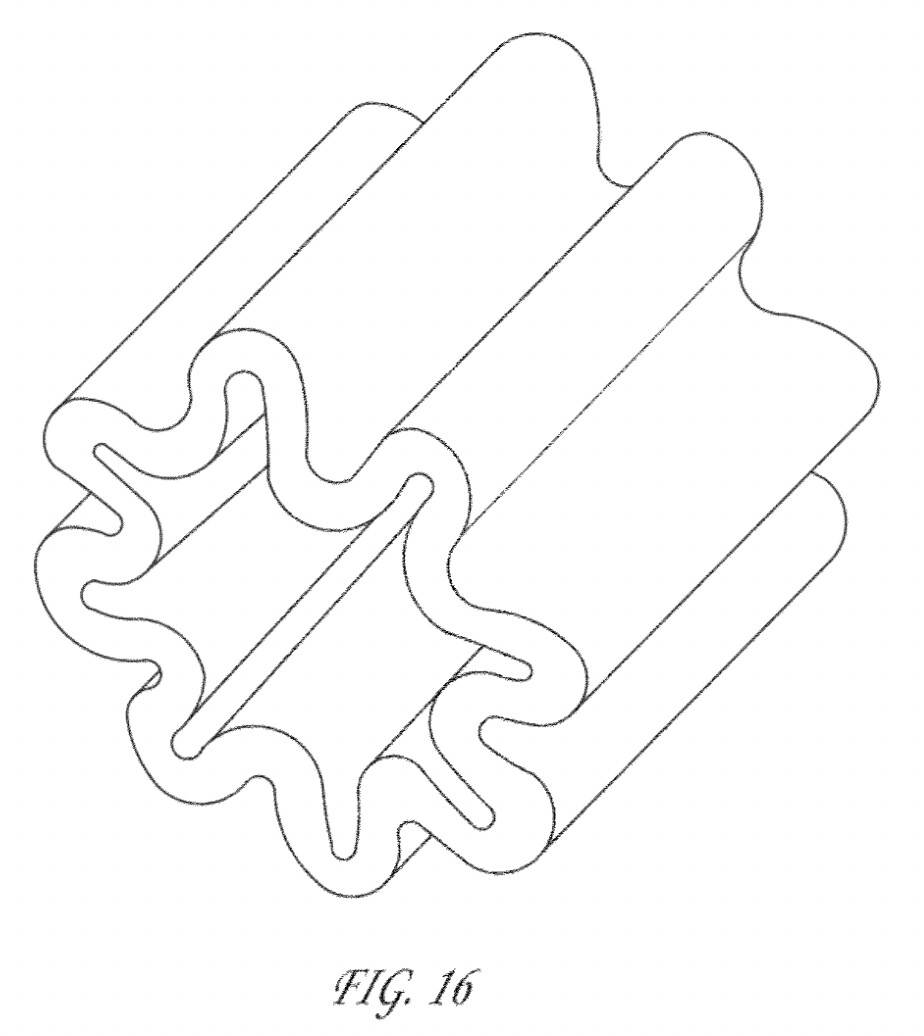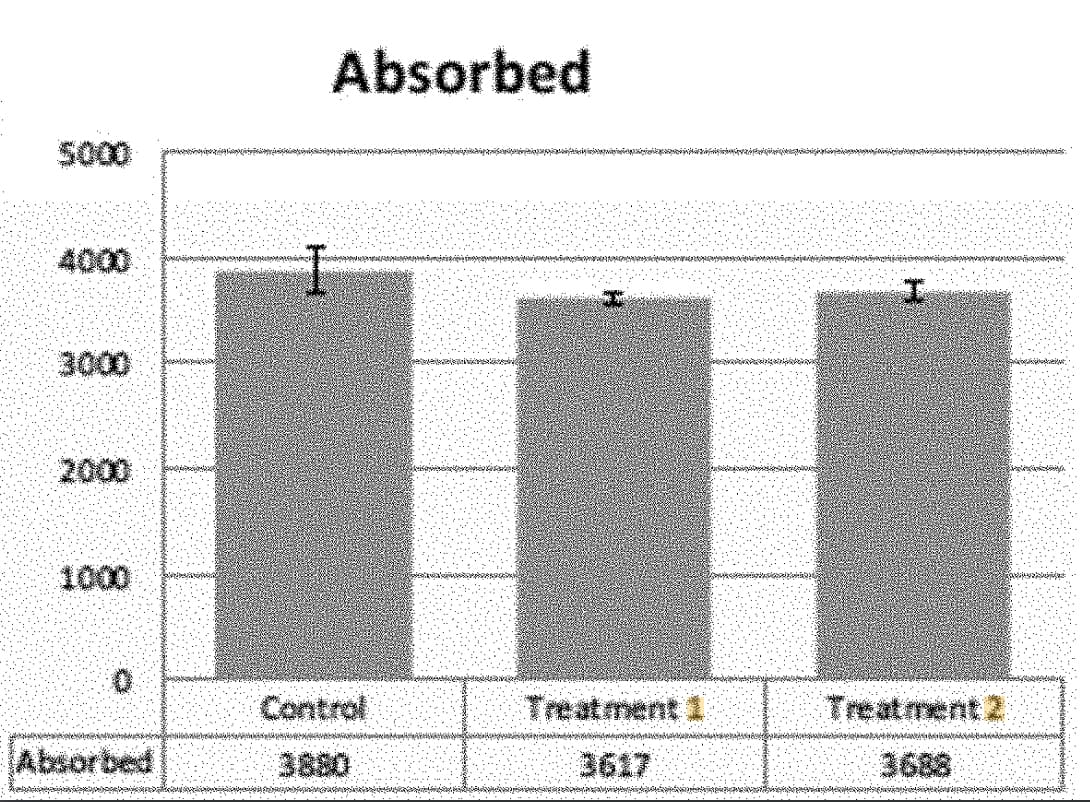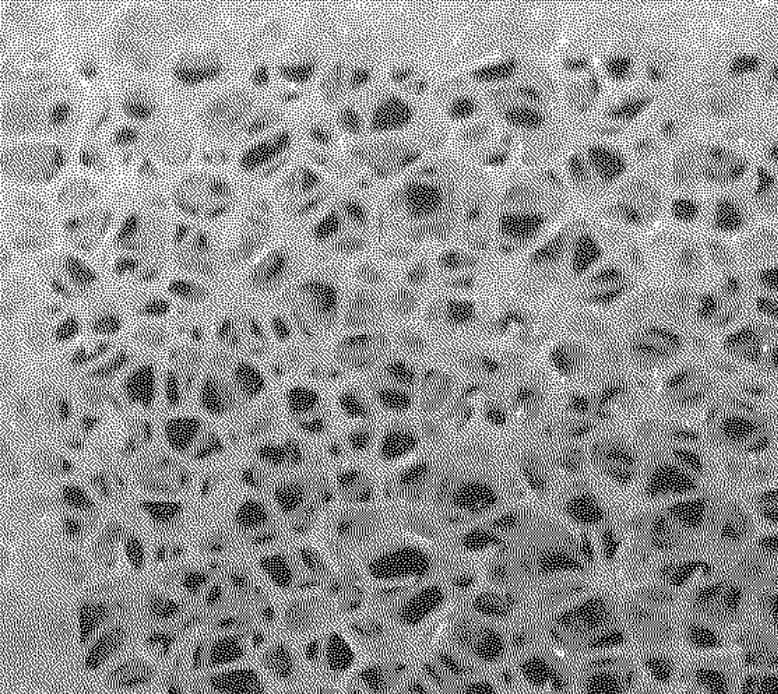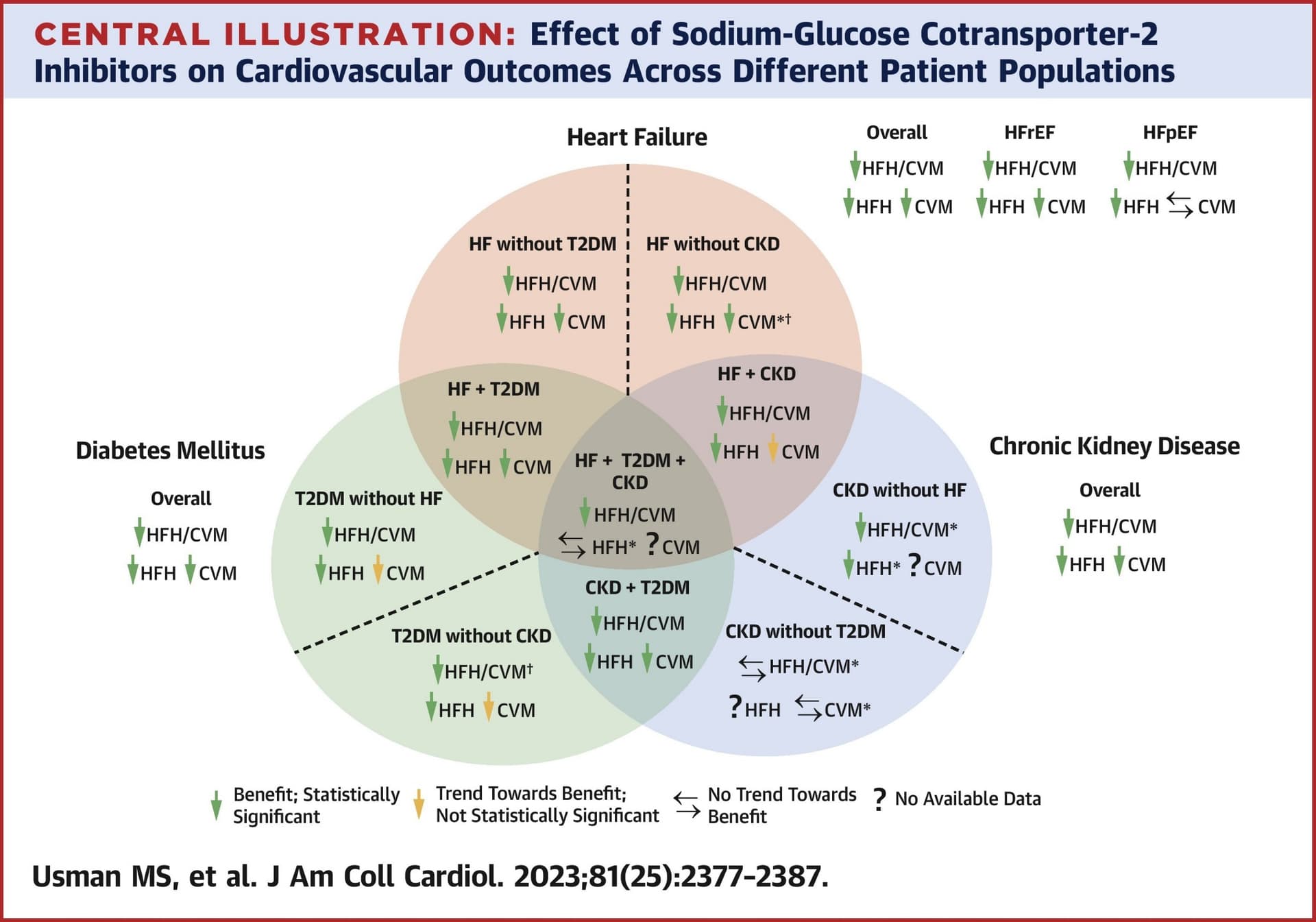Can you provide a bit more color on this?
What is your perspective on that GLP1 and also the combo with rapa would be not pro longevity in a fit, lean individual (vs rapa alone or with the other glucose regulating meds)
I ask because rapa can often lead to more insulin resistance at the same time that GLP1 works via insulin up, which is NOT pro-longevity and the interaction could create even more bad signaling
(not talking about in obese or overweight individuals)
I share your concerns regarding GLP-1 agonists and insulin and I’m more “bullish” on SGLT2 specifically for this reason. Still, I’d like to see GLP1 tested in the ITP. Exenatide does not cause much weight loss btw. Also, I didn’t check how much GLP-1 agonists increase insulin in non obese and non diabetic people: do you have data on this by any chance? (I would assume not so much if your diet is not too carb heavy.) GLP1 agonists also seem to have other beneficial effects beyond their glucose-lowering and weight-loss properties. For instance they’re associated with rates of Alzheimer’s, dementia, Parkinson’s and depression way lower than metformin and DPP4.
Thanks. Don’t know the data on levels but do think that GLP naturally oscillates in the body through being triggered by eating and not being active between meals, while on these meds you rev the GLP mechanism 24/7 all the time…
Don’t know what the mechanisms in those other diseases are but it could perhaps be just
Obesity down => healthy => less disease x
Or glucose down => less disease x
Both of above could net positive despite the unnatural issues of constant GLP activation / higher insulin in obese / diabetic
While in people who are lean and already are optimizing their glucose to be low and stable, the issues of constant GLP activation / higher insulin would be net negative.
Can you share more of your thoughts on this?
It’s just that SGTL2 inhibitors seem to tick many boxes, with, apparently, very low risk (at the very least for non-diabetic men at very low risk of UTIs and DKA): Geroscience-guided repurposing of FDA-approved drugs to target aging: A proposed process and prioritization 2022
In mode details, Perspectives in weight control in diabetes – SGLT2 inhibitors and GLP-1–glucagon dual agonism 2023
On the wake of metformin: Do anti-diabetic SGLT2 inhibitors exert anti-aging effects? 2023
SGLT inhibitors for improving Healthspan and lifespan 2023
On top of that, rapamycin does not cross the BBB well, whereas GLP1 agonists and SGLT2 inhibitors act on mTOR and do cross the BBB so they can inhibit brain mTOR. I don’t think the ITP interventions can measure well the cognitive decline of mice.
I am a chemist by training so I formulated something very similar. I think it is a little suspicious that they leave out the ingredients list. I am pretty sure it is a mixture of psyllium husk powder, glucomannan and maybe b-glucan. I make my own mix since Metamucil is fill with sugar and flavoring agents. I mix it all at 33% w/v on my kitchen scale and add a tablespoon to my protein shake with a cup of Nancy’s kefir added in. This will do the same thing at 100x lower cost. It’s a great thing to combine with exercise if you are like me and have a bmi over 25.
adssx,
not saying they cause CKD, just that they can contribute to kidney damage, likely through dehydration and in the context of CKD that isn’t a good thing. That doesn’t preclude them from being used in the context of CKD, just that they require extra caution and in some patients are likely contraindicated.
Blockquote When prescribing SGLT2 inhibitors, one should also consider the potential adverse effects. According to the findings of one study, patients with T2DM who took SGLT2 inhibitors were at an increased risk for developing acute kidney injury (AKI), particularly when the drugs were combined with non-steroidal anti-inflammatory drugs (NSAIDs), anti-Ras, or diuretics [15]. There is evidence that dapagliflozin contributes to the advancement of renal dysfunction [11]. Another study has revealed the link between pyuria and urine microbiome dysbiosis, as well as other unfavorable outcomes, in diabetes patients treated with SGLT2 inhibitors [16].
Its interesting, they have to show the ingredients of Monch Monch by law, right. But I couldn’t find any info on their website. The info is on the packaging if you look hard enough, but its virtually impossible to read at the resolution of the image they have on the site (see below) at the bottom of the nutrition facts table.
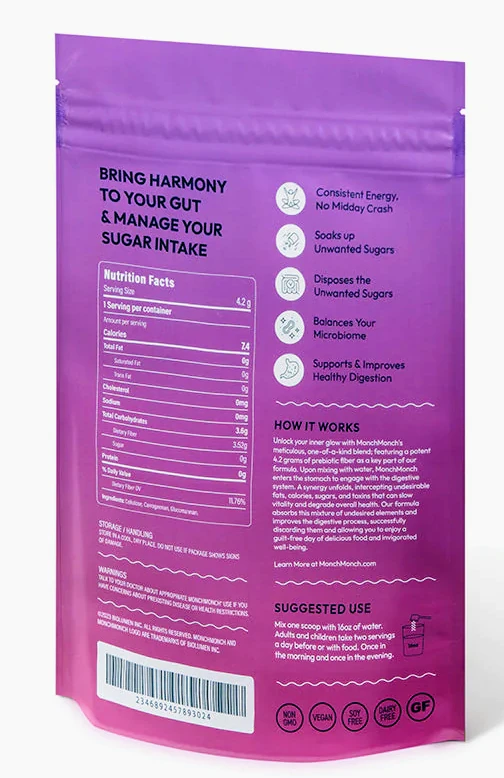
It appears to be cellulose and glucomannan fiber. The one in the middle is not legible. It is much cheaper to make your own using bulk supplements version of psyllium husk powder, beta glucan, and glucomannan.
They claim the secret is the physical structure of the cellulose:
BioLumen’s exact formulation is a trade secret but it uses a plant-based, insoluble fibre – cellulose – that remains stable in the digestive tract and is generally recognised as safe (GRAS) by the US Food and Drug Administration (FDA). BioLumen re-engineers the cellulose at a nano-scale but does not chemically alter it in any way, which is key to communicating about the naturalness of the product, said Costa.
“Our cellulose lattice is very similar to the original raspberry’s one [raspberries, along with rhubarb, have a very high cellulosic insoluble fibre content]. But, keep in mind that when you try to extract them from the fruits, the lattice usually gets destroyed. You still have the fibre, but with a dramatically decreased functionality – 2 to 3% of the original. We had to rebuild it.”
Laboratory tests also suggest that BioLumen fibre creates a healthy gut microbiome by promoting the production of healthy metabolites, such as short chain fatty acids.
It worked with ProDigest, a European company that makes S.H.I.M.E – an artificial gut system that allows scientists to study the physicochemical, enzymatic and microbial parameters in the gastrointestinal tract – to test the fibre in a controlled in vitro setting, finding that BioLumen fibre can increase production of three beneficial short-chain fatty acids: butyrate by 37%, proponiate by 34%, and acetates by 37%.
Patent Devices and methods for weight control and weight loss
The reduction in absorbed glucose is not impressive at all:
From High porosity cellulosic structures and methods of treatment therewith
High porosity cellulosic sponge
I will rather continue to eat low carbs and use acarbose.
Thanks for sharing. It’s surprising. Also, most MDPI articles are total garbage (most academic papers in general are garbage, but MDPI is another level: MDPI - Wikipedia) so I’d be a bit weary of this source.
Here’s a recent review of a way higher quality (journal + publisher + authors + institutions + countries): https://www.sciencedirect.com/science/article/abs/pii/S0735109723055055
Its conclusion is clear: “The present analyses provide comprehensive evidence that SGLT2 inhibitors improve HF outcomes in patients with HF, T2DM, CKD, and any combination of these diseases, with a consistent but more modest benefit on CV death. These findings support a “call to action” for the widespread adoption of the use of SGLT2 inhibitors across all 3 patient populations”
HFH = Heart Failure Hospitalization
CVM = Cardiovascular Mortality
Two caveats though:
- Researchers did not look at all-cause mortality,
- For CKD only (with neither T2D or HF), there is either no data available or no obvious benefits (but no risk either?).
Of the SGLT2 drugs which are you more bullish on, empagliflozin or canagliflozin or something else? I will probably try one out if my HBA1C levels stay too high. Although I am concerned I may get hypoglycemia if I do too much. Right now I am just taking Metformin 500 mg daily but I still can experience bouts of hypoglycemia if I don’t snack before I head home from work.
I’ve been taking dapagliflozin 5 mg for 3 weeks to treat my reactive hypoglycemia and so far it seems to work well ![]() (sglt2 are studied for reactive hypo because they don’t cause hypo, so it might be okay for you) My guess is that for longevity empagliflozin is best, but there’s not much data. Sotagliflozin seems interesting as well.
(sglt2 are studied for reactive hypo because they don’t cause hypo, so it might be okay for you) My guess is that for longevity empagliflozin is best, but there’s not much data. Sotagliflozin seems interesting as well.
Been reading up on Acarbose on the forum and did not really see this mechanism of potential longevity via Acarbose mentioned or discussed, so thought I’d add it to the discussion.
It’s one of the main ones that Healthspan lays out in their materials.
Do any of you taking Acarbose have pre and post IGF-1 levels (and/or fasting insulin or any other insulin sensitive markers) from bloodwork?
Regulating Glucose Spikes—Lowering IGF-1
By dampening the postprandial peaks in glucose, acarbose also indirectly increases insulin sensitivity—lower concentrations in glucose levels require less insulin to transport the glucose into the cell for energy. This is critically important for longevity.
Elevation in insulin corresponds to an elevation of a growth hormone called insulin-like growth factor-1 (IGF-1). Both insulin and IGF-1 play a role in promoting cellular growth. These hormones are often used by bodybuilders for their anabolic effects, which can help to increase muscle tissue. However, it is also known that bodybuilders have higher rates of early onset of age-related chronic diseases such as cancer and cardiovascular disease. This may be due to the fact that excessive growth signals can lead to the proliferation of unhealthy cells, including senescent and cancerous cells, in addition to healthy cells.
Through the understanding of Mikhail Blagosklonny’s hyperfunctionality theory of aging, we know that most disease states occur when cells excessively grow, overexpress, and secrete certain molecules and proteins, and stimulate growth and replication of adjacent cells.
Excessive growth signals from elevated glucose, causing increasing amounts of insulin needed to metabolize that glucose, lead to the acceleration of disease states.
It is known that individuals with defective IGF-1 receptors, which do not recognize the IGF-1 hormone, have a lower incidence of cancer. This is because when these cells are exposed to IGF-1 hormone, they do not have the necessary receptors to recognize the hormone and trigger cellular hyperfunction and growth—ultimately increasing the individual’s healthspan.
This mechanism may contribute to the observed longevity benefits of acarbose, which has been shown to have a dampening effect on glucose and insulin signaling.
The same source also discusses inhibition of NF-κB and other inflammatory processes in way that had not seen on this forum yet, so let add on that too:
Do any of you taking Acarbose have pre and post inflammatory markers from bloodwork?
Perhaps hs-CRP, IL-6 and/or even some of the specific markers discussed below?
Reduction of Systemic Inflammation
The downstream effects of inflammation reduction have significant implications for longevity. For example:
- Increased inflammatory activity has been linked to brain aging, but acarbose, a medication that inhibits the activation of the hypothalamic nuclear factor kappa B (NF-κB) inflammatory pathway, has been shown to delay aging in mice. Acarbose has been found to inhibit the activation of interferon-γ inducible protein-10, monocyte chemoattractant protein-1, macrophage-derived chemokine, and TNF-α, and to downregulate NF-κB-P65 activity in human monocytic THP-1 cells.
- Furthermore, the levels of IL-6 in patients with diabetes treated with acarbose are also significantly reduced.
- Adipose tissue is a significant source of inflammation. There is evidence that acarbose has the ability to curb adipose tissue inflammation.
Acarbose reduces the expression levels of inflammatory factors by increasing the abundance of beneficial bacteria. Many species of these anti-inflammatory bacteria are recognized as short-chain fatty acid-producing bacteria that exert anti-inflammatory effects. These findings provide strong evidence for the anti-inflammatory potential of acarbose.
@Joseph_Lavelle how helpful do you think that lower and more stable glucose is for avoiding AGEs and other glycation?
Here is another thing I saw that Healthspan is arguing:
Lower and more stable glucose levels can reduce glycation, a process where sugar molecules damage proteins, lipids, and nucleic acids, potentially causing aging-related damage.
Yes. I think that is real. I also think that that aspect of AGEs gets more than its share of attention over the AGEs we eat.
A metabolically healthy person is probably very capable of cleaning up and excreting almost all the AGEs eaten. And that same healthy, metabolically flexible person can burn glucose and fat and switch between them quickly and easily without too low or too high blood sugar, and this avoid the worst of the endogenous glycation.
It’s the person who is no longer metabolically flexible who is having an acceleration in aging due to glycation produced in the body and by not clearing AGEs from the diet. Why not help the body by not eating the AGEs?
![]() . Btw, did you ever take Acar? Any thoughts on the questions in each of the two posts above my last one above?
. Btw, did you ever take Acar? Any thoughts on the questions in each of the two posts above my last one above?
I haven’t taken it. US Customs is determined to keep me from it. On the other hand I am using akkermansia to do something similar. I wonder if both are resulting in an improved gut lining that reduces inflammation leading to improved glucose handling.
